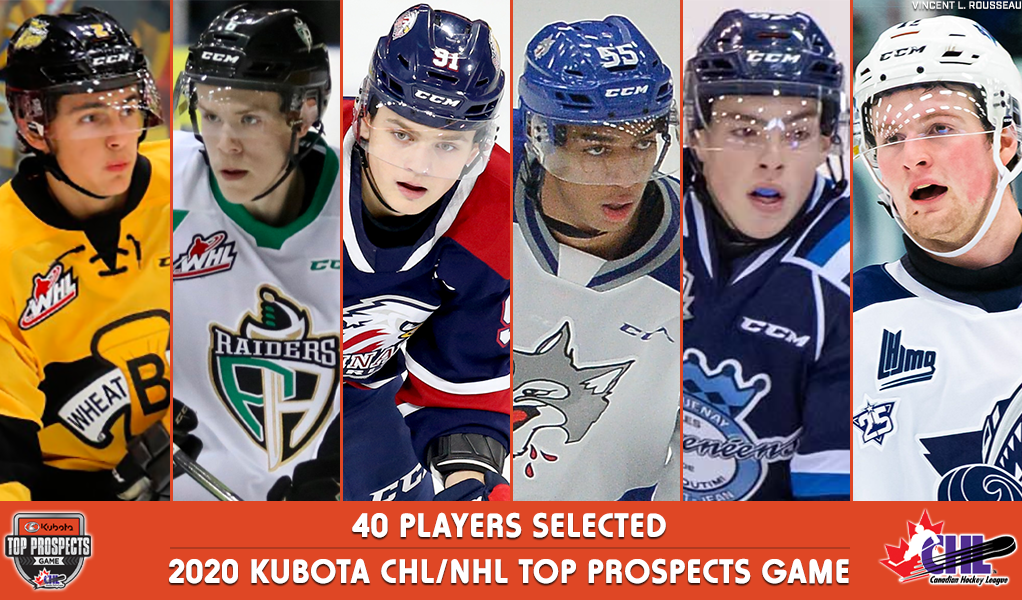The confetti has settled on the 2025 NHL Entry Draft, and the future stars of hockey now face a critical juncture: where will they hone their skills next season? This decision, seemingly straightforward, is becoming increasingly complex as the paths to professional hockey evolve. While the traditional route through major junior hockey leagues like the CHL (Canadian Hockey League) remains dominant, the NCAA (National Collegiate Athletic Association) is emerging as a compelling alternative, prompting prospects and their NHL drafting teams to weigh development against opportunity.
McKenna`s Precedent and the Rippling Effect
Setting a notable precedent even before his own draft year (projected #1 in 2026), phenom Gavin McKenna announced his commitment to play NCAA hockey at Penn State. This high-profile choice has brought the collegiate path into sharper focus for current draft picks. Unlike the CHL, players must forgo signing an entry-level contract (ELC) with their NHL team to maintain NCAA eligibility. Signing an ELC, conversely, ties a player to their professional organization, typically sending them back to their junior team if they don`t make the NHL roster immediately.
The Traditional Route: ELC and the CHL Return
For many players drafted from the CHL, the path remains clear, dictated by signed contracts. Prospects like Jake O`Brien (#8 overall, Seattle Kraken), Ben Kindel (#11 overall, Pittsburgh Penguins), and Lynden Lakovic (#27 overall, Washington Capitals) have already signed ELCs. This means their immediate future is with their NHL club; if they don`t crack the professional lineup, they will return to their respective OHL or WHL teams for further development. It`s a well-trodden path, offering high-level junior competition and direct oversight from their NHL organization.
The Collegiate Choice: Education and Different Development
However, a growing number of drafted players are opting for the NCAA. This route offers the benefit of pursuing a college education alongside playing high-level hockey. It also provides a potentially slower, more structured development environment compared to the demanding CHL schedule. This option requires a player to hold off on signing that professional contract, betting on collegiate play to prepare them for the NHL down the line. Jackson Smith (#14 overall, Washington Capitals) and Cole Reschny (#18 overall) are prominent 2025 picks who have committed to NCAA programs (Penn State and North Dakota, respectively), demonstrating this alternative is gaining traction among high-end talent.
Where Does the #1 Pick Stand?
All eyes now turn to the top selections who haven`t yet finalized their plans. Most notably, #1 overall pick Matthew Schaefer (New York Islanders, OHL Erie Otters) is in this category. While making the NHL immediately is the dream, it`s a tall order, especially for defensemen, who often require more seasoning. The last defenseman taken first overall, Owen Power in 2021, returned to the University of Michigan for another year before turning pro. Schaefer`s decision is compounded by limited play last season due to injury, perhaps making a return to junior or even a collegiate detour (if he hadn`t signed anything binding) a consideration, although the immediate NHL jump remains the aspirational target.
A New World for NCAA Programs
This increased fluidity creates intriguing challenges for NCAA hockey programs. Recruiting top draft picks who might potentially jump directly to the NHL or sign pro deals before playing college games makes roster planning a delicate balancing act. Holding a spot for a star prospect who might never arrive is a risk, but missing out on a potential game-changer is equally undesirable. It`s, dare we say, a logistical puzzle wrapped in hockey pads.
The Unfolding Future
As the summer progresses, more top prospects from the 2025 draft will clarify their intentions. Their decisions will not only shape the rosters of junior and college teams but also provide further insight into the evolving preferences and strategies for developing elite hockey talent in North America. The NCAA is no longer just a path for players overlooked in the CHL system; it`s becoming a genuine alternative for some of the game`s most promising young stars.

